In Washington, I'm often asked how many seats Republicans will pick up in the House and whether they'll win a majority in the Senate. But I'm seldom asked anything about the 37 races for governor that will be decided next month (except for Georgia, which will have a runoff if no candidate tops 50 percent).
Yet governorships can be just as important in politics and public policy as seats in Congress. Four of our last six presidents were governors, not senators or congressmen, before serving as chief executive.
Moreover, states have sometimes taken the lead in public policy. Robert LaFollette in Wisconsin and Al Smith and Franklin Roosevelt pioneered progressive and New Deal policies before the Great Depression gave FDR his chance in Washington.
Similarly, welfare reform -- one of the great policy successes of the 1990s -- was initiated by the likes of Republicans like Tommy Thompson in Wisconsin and John Engler in Michigan and Democrats like Evan Bayh in Indiana long before it was passed by Congress in 1996.
Going into the election, Republicans hold 18 of the governorships up for grabs, while Democrats hold 19, as well as seven of the 13 not on the ballot.
Coming out of the election, Republicans are likely to be far ahead -- but with a few question marks in the very biggest states.
Republicans currently lead in polls in 12 of the 18 states where they have governors now, and all of their incumbents are ahead. They're behind in five relatively small Democratic-leaning states where Republican incumbents are retiring, but by wide margins only in two, Hawaii and Connecticut.
The big question mark is Florida, the nation's fourth largest state. Surprise primary winner Rick Scott is about 3 points behind Alex Sink, the Democrats' one current statewide officeholder. The stakes are big. The new governor and the solidly Republican legislature will draw new district boundaries for Florida's estimated 26 congressional districts.
Recommended
Democrats are faring worse. Their nominees are currently trailing in 13 of the 19 states where they hold the governorships. Only three of their nominees have double digit leads -- in Bill Clinton's home states of Arkansas and New York and in Colorado, where the Republican nominee has been disavowed by many party leaders.
Most unnerving for Democrats is that their nominees are currently trailing by double digits in the nation's industrial heartland -- in Pennsylvania, Ohio, Michigan and Illinois. These are states Barack Obama carried with 54, 51, 57 and 62 percent of the vote.
Democrats are not supposed to be trailing there in times like these. The old political rule is that economic distress moves voters in the industrial heartland toward Democrats. Old-timers remember that that is what happened in recession years like 1958, 1970 and 1982.
In addition, Democrats are also trailing by margins that have been growing in U.S. Senate races in Pennsylvania and Ohio and are running even at best in Illinois. They're trailing by significant margins in the races for governor and senator in Wisconsin and Iowa, which Obama carried with 56 and 54 percent.
The industrial heartland is where Democrats hoped their economic policies -- the stimulus package, the auto company bailout, the health care bill -- would win over voters uneasy about their cultural liberalism.
They hoped that increased government spending would be seen as a tonic an ailing economy. Instead, it seems more like poison.
There are possible bright spots for Democrats in the four largest states. In Florida, as noted, their nominee is slightly ahead. In New York, Andrew Cuomo, pledging to hold down government employees' pay, is way ahead, though wary of the vitriolic attacks coming from surprise Republican nominee Carl Paladino.
In Texas, Republican Rick Perry, already the longest-serving governor in Texas history, is 5 points ahead of former Houston Mayor Bill White, the strongest Democratic nominee since incumbent Ann Richards was beaten by George W. Bush in 1994.
In California, eBay billionaire Meg Whitman has spent over $100 million, most on TV ads but also much on organization, and is up 5 points over Democrat Jerry Brown, who first won the office at age 36 in 1974 and was re-elected in 1978.
But none of these Democrats is running as a champion of Obama-style big government policies, which are anathema there as they are in the industrial heartland. The governor races, like the contests for Congress, are bad news for the Obama Democrats.




















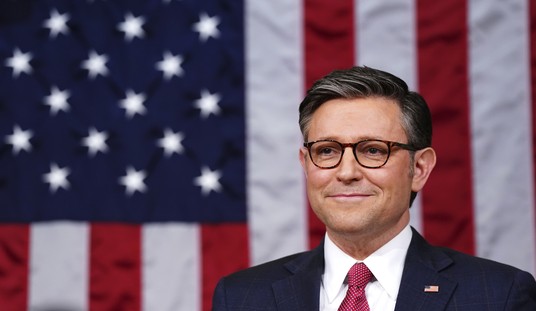
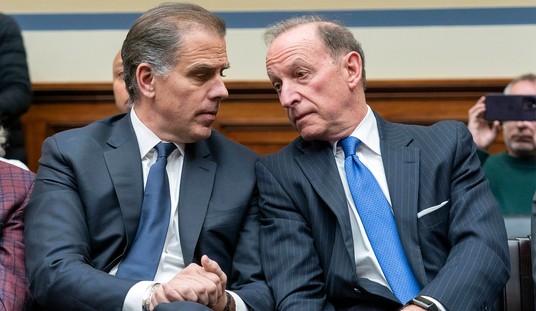
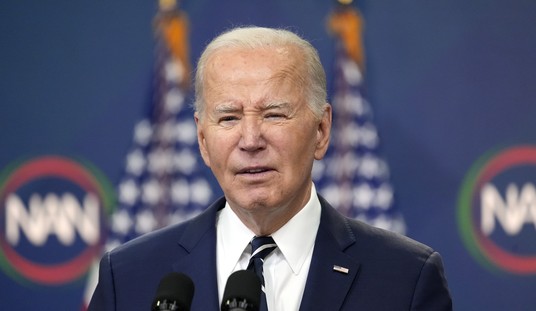
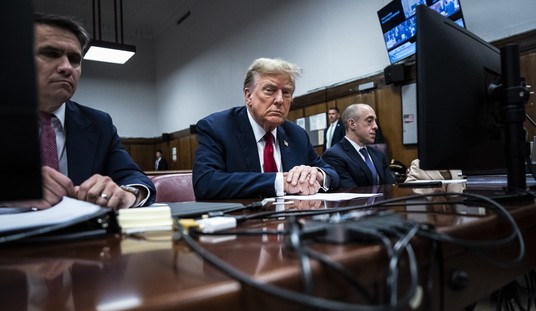
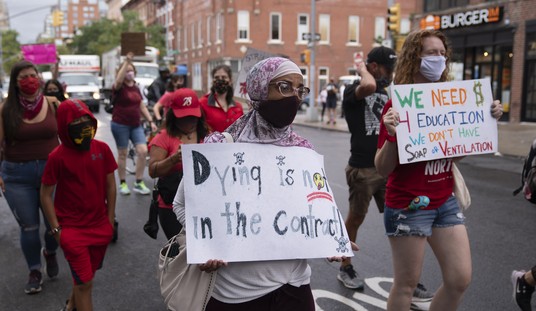
Join the conversation as a VIP Member